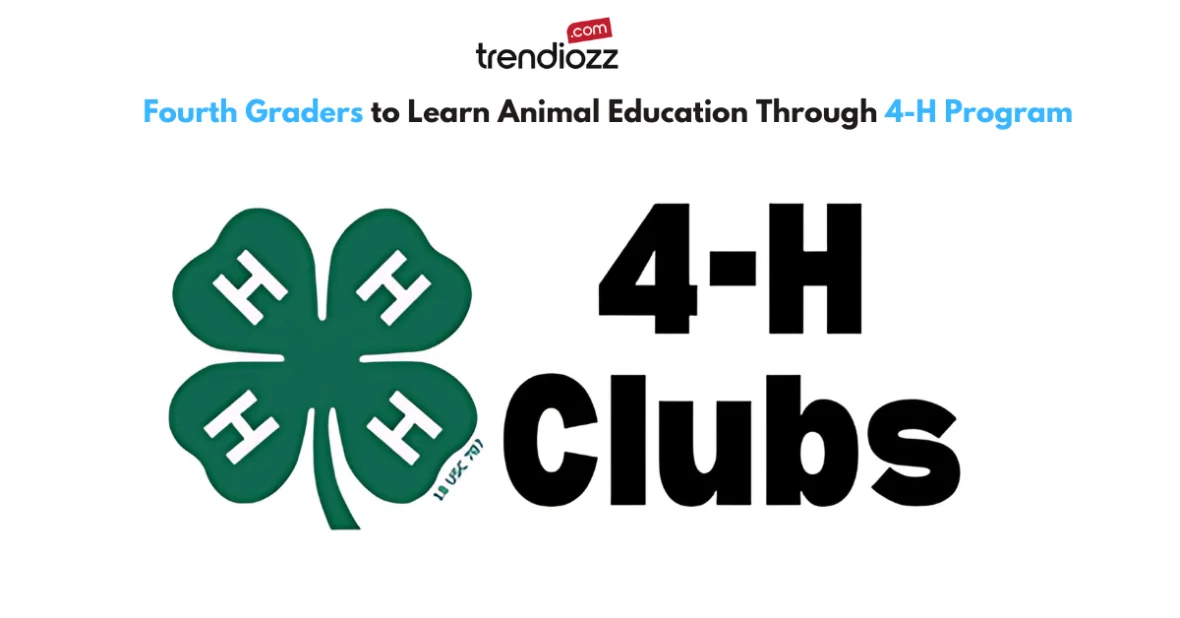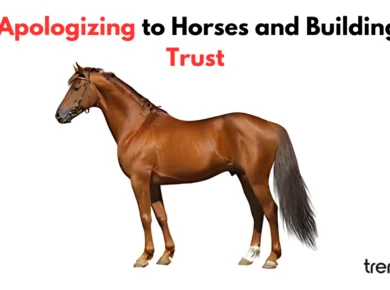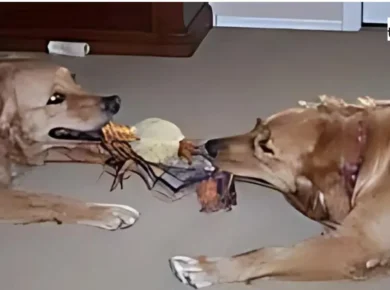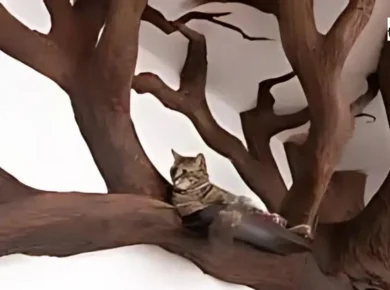In today’s world, understanding animal welfare, behavior, and care is more important than ever. That’s why fourth graders to learn animal education through 4-H program is such an exciting initiative. Designed to connect young students with hands-on learning opportunities, the 4-H program provides a unique platform for children to engage with animals in a meaningful and educational way.
This article will explore the core components of this program, how it benefits students, and why animal education matters. By diving into the specifics of the 4-H program, we’ll show how it’s paving the way for a new generation of animal lovers and responsible pet owners.
10 Benefits of the 4-H Animal Education Program
| Benefit | Description |
|---|---|
| Hands-On Experience | Students actively engage in caring for animals, learning practical skills. |
| Real-World Learning | Lessons from textbooks come to life with direct animal interaction. |
| Responsibility Development | Taking care of animals fosters a sense of responsibility in young learners. |
| Empathy Growth | Working with animals helps children develop empathy and compassion. |
| Ethical Understanding | The program teaches the importance of treating animals humanely and ethically. |
| Community Involvement | Students engage with local farms, veterinarians, and animal shelters. |
| Leadership Skills | Children learn leadership through group projects and individual responsibility. |
| Lifelong Passion for Animals | Many students develop a lifelong interest in animals and their welfare. |
| Exposure to Animal Experts | Professionals like veterinarians provide expert guidance in animal care. |
| Opportunities for Competition | Students can showcase their projects at local fairs, boosting confidence and community ties. |
What is the 4-H Program?
The 4-H program is one of the largest youth organizations in the United States, known for fostering leadership, citizenship, and life skills through experiential learning. The animal education program for fourth graders specifically targets younger students, introducing them to various aspects of animal science, welfare, and care.
Through activities like raising farm animals, participating in pet care workshops, and working with local farms, children gain hands-on experience. The program instills responsibility, empathy, and a love for animals. By the time they complete this phase, many students have developed a newfound respect and passion for animal welfare.
Why Animal Education for Fourth Graders?
The age of fourth graders, typically around 9 or 10 years old, is a perfect time to introduce complex concepts like animal care and welfare. This is a period where students are naturally curious about the world around them, and animals tend to be a subject of fascination. Introducing animal education at this stage allows students to cultivate a deeper understanding of the natural world and their responsibilities toward it.
Fourth graders to learn animal education through 4-H program also allows these students to step outside the traditional classroom setting, engaging in interactive, real-world activities that bring textbook lessons to life. From learning about the importance of proper nutrition for animals to understanding the ecosystem roles different animals play, this program truly broadens their perspective.
How the 4-H Animal Education Program Works
The 4-H animal education program is structured in a way that aligns with educational goals while ensuring maximum engagement. Free up some space by moving junk files or uninstalling some applications you no longer use.
Hands-On Learning with Animals
One of the most impactful aspects of this program is its hands-on nature. Fourth graders to learn animal education through 4-H program means they aren’t just reading about animals; they are interacting with them. Whether it’s visiting local farms, observing animal behaviors, or learning about pet care, the program fosters an environment of active participation.
Students often engage in group projects, such as raising chickens or rabbits. These projects teach them how to care for animals, the importance of a healthy diet, and the value of maintaining proper living conditions. Through these activities, children learn about the importance of responsibility and teamwork.
Learning from Experts
Another critical feature of the 4-H program is the involvement of experts. Veterinarians, animal trainers, and farmers often conduct workshops, providing firsthand insights into animal health and care. This exposure helps students grasp complex concepts in a simplified and accessible way.
For example, during a workshop on pet health, children might learn about vaccinations, common illnesses, and preventative care for pets. These sessions offer more than just textbook information; they provide real-world knowledge from professionals who deal with animals daily.
Animal Welfare and Ethics
In addition to learning how to care for animals, students are introduced to the ethical aspects of animal care. They learn about animal rights, the importance of treating animals with kindness, and the role humans play in animal welfare. The 4-H animal education program encourages discussions on topics such as endangered species, the impact of habitat destruction, and how to responsibly care for pets and farm animals.
Benefits of Animal Education for Fourth Graders
The 4-H animal education program provides numerous benefits for young learners. Here are some key advantages:
Building Responsibility and Empathy
Caring for an animal teaches children responsibility in a very tangible way. They understand that animals rely on them for food, shelter, and attention. This responsibility fosters a sense of empathy as they learn to care for the needs of another living being.
Enhanced Learning through Experience
When students interact directly with animals, their learning is enhanced in a way that goes beyond traditional education. Fourth graders to learn animal education through 4-H program involves seeing, feeling, and sometimes even raising animals, making abstract concepts concrete. For example, a lesson about ecosystems becomes much more engaging when children can see how animals interact within those ecosystems.
Fostering a Lifelong Passion for Animals
Many children who participate in the 4-H program develop a lifelong love for animals. Some go on to pursue careers in veterinary science, animal care, or wildlife conservation. By sparking an interest in animals at a young age, the program helps to ensure that future generations are equipped to care for animals and the environment.
The Role of Community in the 4-H Program
The 4-H animal education program is not just about individual learning. It’s about community involvement. Local farms, veterinarians, and animal shelters often partner with schools to make this program a success. Community volunteers serve as mentors, guiding students through their projects and sharing their experiences.
In many cases, students also have the opportunity to participate in county fairs or local competitions where they can showcase their animal projects. This not only builds confidence but also strengthens the bond between the students and their communities.
Real-Life Success Stories from the 4-H Program
One of the best ways to understand the impact of the 4-H animal education program is through real-life stories. Many fourth graders have found themselves on unique educational paths thanks to this program. Take Sarah, for example, a student from Nebraska who was initially shy and struggled in school. After joining the 4-H animal education program, she was given the responsibility of raising a goat.
Over time, Sarah blossomed into a confident, responsible young girl who loved sharing her knowledge with others. She even won her local 4-H animal care competition, which gave her the confidence to pursue her interests further. Today, Sarah dreams of becoming a veterinarian, and she credits her experience in the 4-H program for her newfound passion.
The Future of Animal Education for Fourth Graders
As we look toward the future, the 4-H animal education program will continue to evolve. New technologies, such as virtual reality and online learning tools, are being integrated into the program to provide even more immersive experiences for students. These advancements ensure that animal education remains accessible and engaging for all students, regardless of their location.
Schools are increasingly recognizing the importance of animal education in developing well-rounded students. In the coming years, we may see more programs like 4-H being adopted nationwide, offering more students the opportunity to learn, grow, and connect with animals.
FAQs
What animals do fourth graders interact with in the 4-H program?
Fourth graders in the 4-H program typically interact with a variety of animals, such as chickens, rabbits, goats, and sometimes even dogs or cats.
How does the 4-H program teach responsibility?
Students are given the responsibility of caring for animals, which teaches them about proper feeding, shelter, and overall animal welfare.
Can parents be involved in the 4-H program?
Yes! Parents often play an essential role in helping their children complete projects, attend workshops, and participate in community events.
How long does the animal education program last?
The length of the program can vary, but most programs run throughout the school year, with additional opportunities for summer activities and camps.
Is the program free for students?
Many 4-H programs are funded by local governments or schools, making them free or low-cost for students. However, some projects may require minimal fees for supplies or animal care.
Conclusion
In summary, the fourth graders to learn animal education through 4-H program initiative is a powerful tool for teaching young students about responsibility, empathy, and animal care. By engaging students in hands-on activities and exposing them to real-world experiences, this program is shaping the next generation of animal lovers and advocates.










